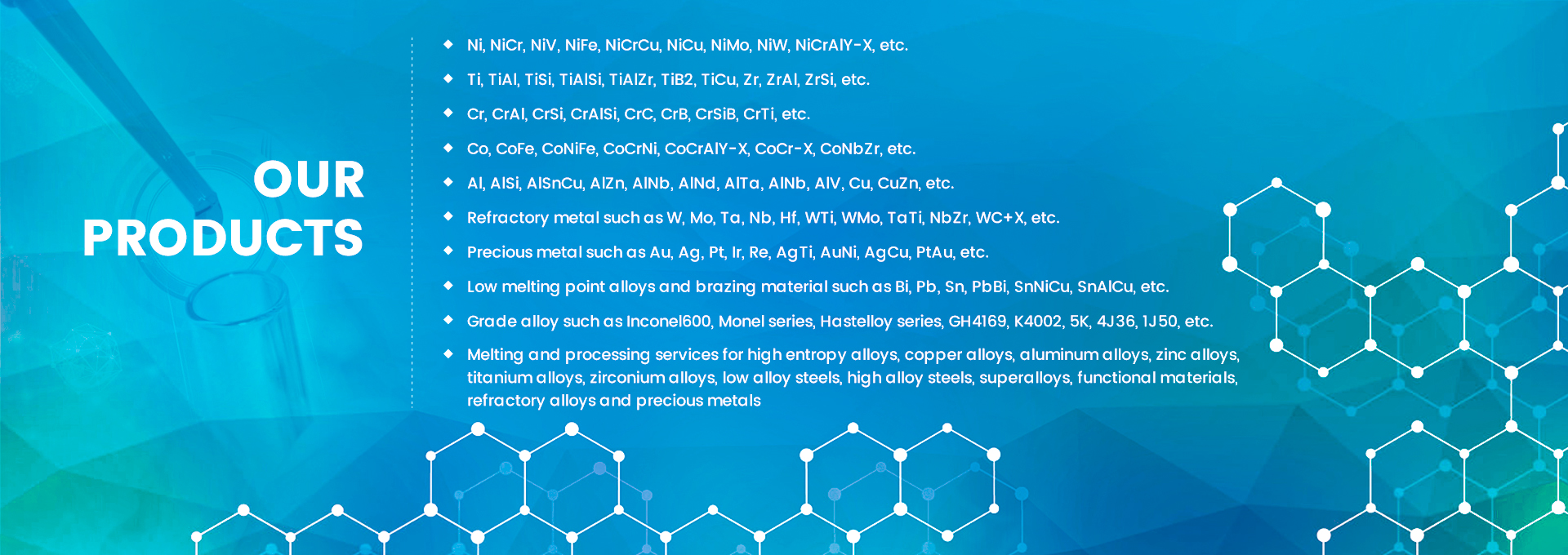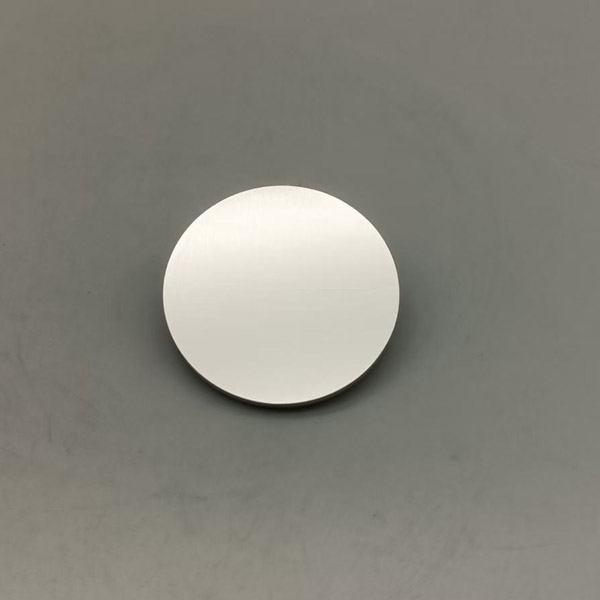Iron-chromium-cobalt (Fe-Cr-Co) alloy target material is a high-performance material widely used in electronics, aerospace, and energy industries. Its unique magnetic properties, corrosion resistance, and high-temperature stability make it a critical component in thin-film deposition technologies. This article delves into the preparation process, application scenarios, common pitfalls, and solutions, while providing practical operational guidelines and checklists.
What is Iron-Chromium-Cobalt Alloy Sputtering Target Material?
Iron-chromium-cobalt alloy target material is primarily composed of iron (Fe), chromium (Cr), and cobalt (Co), and is used to form thin films through magnetron sputtering technology. Its core advantages include:
Excellent magnetic properties: Ideal for manufacturing magnetic films and sensors.
High corrosion resistance: The addition of chromium significantly enhances the material’s anti-corrosion capabilities.
High-temperature stability: The inclusion of cobalt ensures stable performance even in high-temperature environments.
Iron-Chromium-Cobalt Alloy Target Material – Common Ratios Table
|
Ratio (Fe:Cr:Co) |
Characteristics |
Applications |
Advantages |
| 50:30:20 | Excellent magnetic properties and corrosion resistance | Magnetic films, sensors | Balanced performance, versatile for industrial applications |
| 40:40:20 | High chromium content, significantly enhanced corrosion resistance | Coatings and films in highly corrosive environments | Outstanding performance in harsh conditions |
| 60:20:20 | High iron content, enhanced mechanical and magnetic properties | High-strength and wear-resistant applications | Excellent mechanical properties, suitable for high-load applications |
| 55:25:20 | Balanced magnetic properties, corrosion resistance, and mechanical performance | Electronics industry, energy sector | Well-rounded performance, suitable for diverse applications |
| 45:35:20 | Moderate chromium and cobalt content, excellent high-temperature stability | Coatings and films in high-temperature environments | Superior high-temperature stability, ideal for high-temperature applications |
Ratio Selection Recommendations
Prioritize magnetic properties: Choose Fe:Cr:Co = 60:20:20.
Prioritize corrosion resistance: Choose Fe:Cr:Co = 40:40:20.
Prioritize high-temperature stability: Choose Fe:Cr:Co = 45:35:20.
Prioritize balanced performance: Choose Fe:Cr:Co = 50:30:20 or Fe:Cr:Co = 55:25:20.
The table provides a clear overview of the characteristics and applications of different Fe-Cr-Co alloy target material ratios, making it easier to select the most suitable ratio based on actual needs. By choosing the appropriate ratio, the performance of the target material can be optimized to meet the requirements of various industrial applications.
What is the FeCrCo sputtering target preparation process?
1. Raw Material Ratio
The ratio of Fe, Cr, and Co directly affects the material’s performance. Common ratios include:
Fe:Cr:Co = 50:30:20: Offers balanced performance, suitable for various applications.
Fe:Cr:Co = 40:40:20: High chromium content, excellent corrosion resistance.
Fe:Cr:Co = 60:20:20: High iron content, enhanced magnetic and mechanical properties.
2. Melting and Casting
The mixed raw materials are melted at around 1500°C and poured into molds to form ingots. In a 2025 case study, our team found that precise temperature control during melting is critical, as deviations can affect material performance.
3. Heat Treatment
Annealing at 800°C optimizes the alloy’s microstructure, improving its mechanical properties and stability.
4. Mechanical Processing
The ingots are processed into the desired shape and size of the target material, ensuring surface smoothness (Ra ≤ 0.1 μm).
5. Surface Treatment
The target material surface is polished or coated to enhance durability and sputtering efficiency.
What is the Ferrum Chromium Cobalt sputtering target Application?
Fe-Cr-Co alloy target materials demonstrate significant value in multiple fields:
1.Electronics industry: Used in manufacturing magnetic films, sensors, and magnetic recording media.
2.Aerospace: Serves as a high-temperature coating material, enhancing component durability and corrosion resistance.
3.Energy sector: Applied in thin-film materials for solar cells and fuel cells, improving energy conversion efficiency.
According to 2023 market data, the global Fe-Cr-Co alloy target material market has reached $1.5 billion and is projected to grow to $2.5 billion by 2028 (Source: Grand View Research).
Comparative Analysis: Fe-Cr-Co Target Material vs. Other Target Materials
|
Aspect |
Fe-Cr-Co Target Material |
Other Target Materials (e.g., Copper) |
| Magnetic properties | Excellent | Average |
| Corrosion resistance | High | Moderate |
| Cost | Higher | Lower |
| Applications | Electronics, aerospace | Electronics, decorative coatings |
Operational Guide: How to Prepare High-Quality Fe-Cr-Co Alloy Target Materials
Raw material selection: Ensure Fe, Cr, and Co purity ≥ 99.9%.
1.Melting control: Control melting temperature at around 1500°C to avoid impurities.
2.Heat treatment optimization: Use 800°C annealing to enhance material properties.
3.Mechanical processing: Utilize high-precision equipment to ensure dimensions and surface smoothness.
4.Surface treatment: Polish or coat the target material surface to improve sputtering efficiency.
Iron-chromium-cobalt alloy target materials, with their exceptional properties and wide-ranging applications, have become indispensable in modern industries. By optimizing preparation processes and implementing strict quality control, their value can be maximized. As technology advances, their market potential will continue to grow. Whether in the electronics industry or aerospace sector, Fe-Cr-Co alloy target materials will play a vital role in driving industry progress.
Post time: Jun-11-2025






